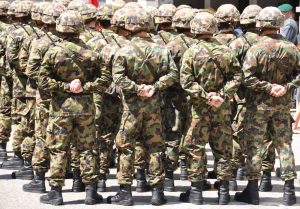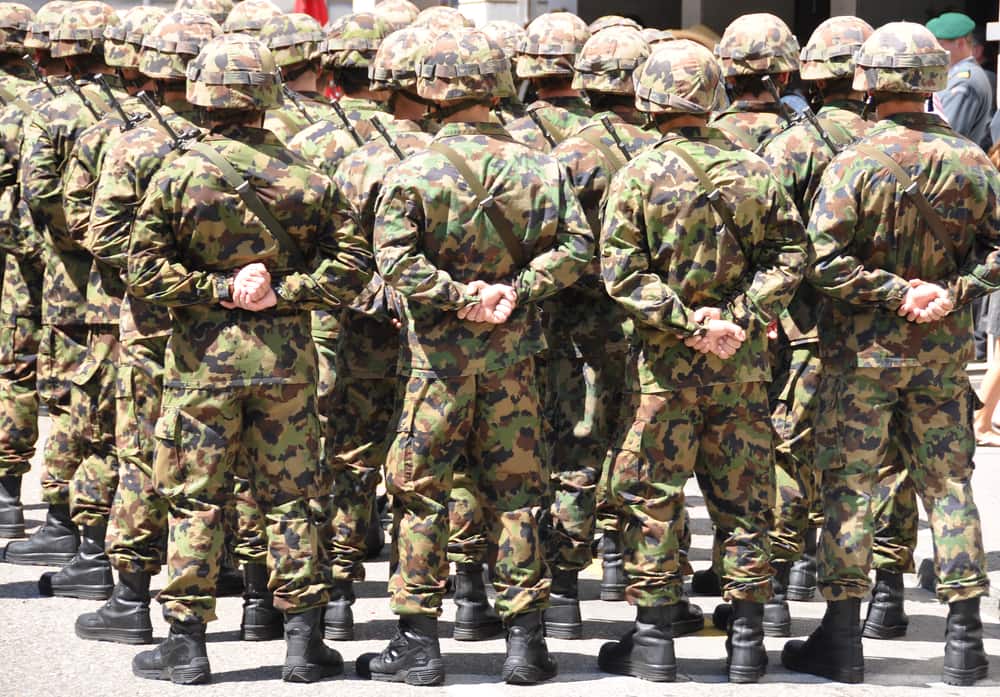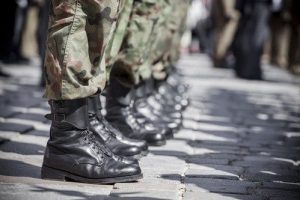
Following a push for “Buy American,” the Trump Administration has rolled out another executive order regarding the sourcing of defense equipment from domestic manufacturers. Soon, contractors may be required to source made-in-the-USA materials from a DoD equipment supplier whenever feasible.
A more thorough analysis of what we know so far about the new DoD equipment supplier requirements has been made by Inside Government Contracts. Among the takeaways:
> The manufacturing order is intended to assess the military’s procurement methods as well as to boost the country’s defense manufacturing industry.
> The Secretary of Defense must complete a report by April 17, 2018, detailing the “resiliency and capacity” of the defense industrial base, so exact laws and regulations will be clearer around that time.
> Requirements to buy American products will most likely impact purchases for products that are already made or could be made domestically, and are not prohibitively more expensive than foreign-made alternatives.
DJ Products, a USA-Made DoD Equipment Supplier
Our company’s mission is to provide ergonomic, safe, and affordable solutions for material handling equipment such as warehouse cart movers and trailer tows. As a DoD equipment supplier, we have GSA-approved products such as our CarCaddy Military Truck Pusher, which can haul Humvees and other heavy trucks.
DJ Products is based out of Minnesota, and our material handling solutions are made in the USA. Rest assured that our DoD contractor equipment will satisfy any kind of domestic procurement law that may affect your operations in the near future.
Contact DJ Products to learn more about our cost-effective options for military contractors who need vehicle, trailer, or equipment moving solutions.







